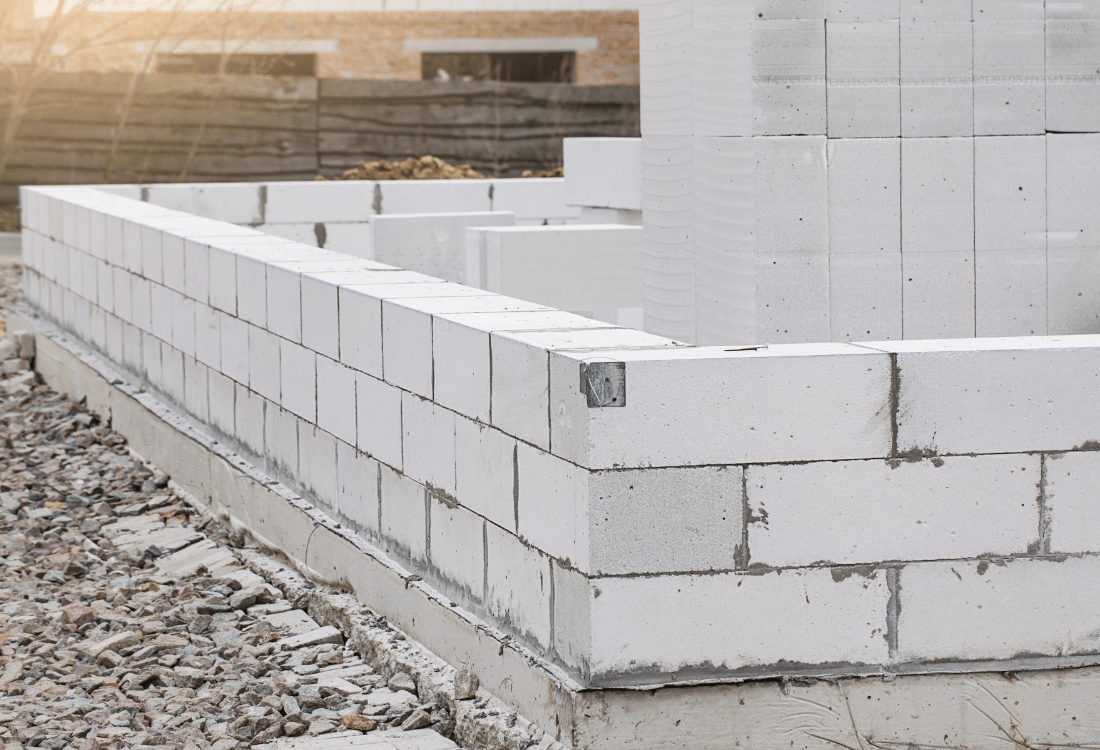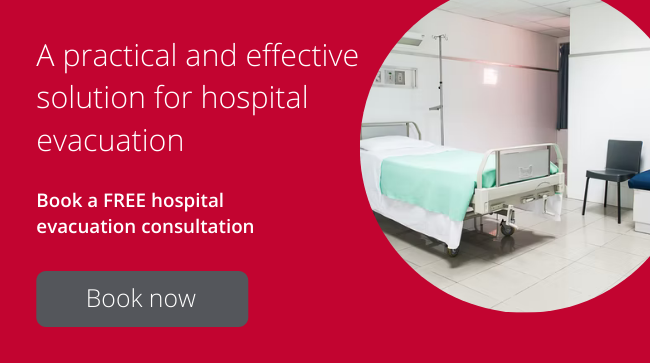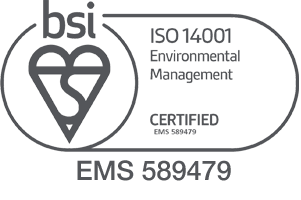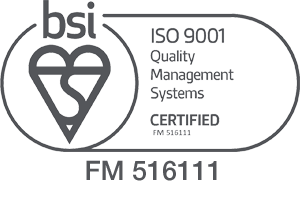


20/11/2024
Why a hospital evacuation plan is essential for RAAC in hospitals
RAAC – Reinforced Autoclaved Aerated Concrete – hit the headlines in August 2023, sparking concern about the potential collapse of public buildings, including schools, hospitals, and courts. While many inspections have been conducted, 54 hospitals are currently known to be constructed from RAAC, although other healthcare buildings may be affected.
Given the potential for buildings constructed from RAAC to collapse suddenly, as in the case of a school deemed not to be at risk. It is imperative that hospitals review their hospital evacuation plan to ensure that, in the case of an emergency, patients, staff, and visitors can be quickly and safely removed from the affected area.
What is RAAC?
Reinforced Autoclaved Aerated Concrete is a lightweight, precast concrete material which contains tiny air pockets created by adding aluminium powder, with additional reinforcement provided by steel bars. Used widely in construction between the 1950s and the mid-1990s, RAAC was chosen for its effective insulation of walls, floors, and roofs as its light weight placed less stress on foundations.
The lifespan of RAAC was calculated to be approximately 30 years, so all buildings that contain the material have now exceeded this time. This accentuates the risk of structural deficiencies, such as corrosion of the steel reinforcements, as a result of:
- Absorption of moisture.
- Sulphate attacks from groundwater or soil.
- Shrinkage and cracking.
- Carbonation from exposure to the air.
What is the risk to patients from RAAC?
Managers of hospitals that contain RAAC or have not been excluded from containing RAAC must take risks to patients and staff seriously. Because RAAC is porous, water can easily seep into the substance, accelerating its deterioration. According to the Health and Safety Executive (HSE), RAAC structures are “liable to collapse with little or no notice.” Therefore, effective evacuation plans must be in place to ensure that patients can be quickly and safely removed from danger.
What steps should be taken next?
Hospitals should immediately ensure that their evacuation plans are up to date and make adequate provision for the prompt evacuation of patients and staff to a safe location. As part of this review, they should also ensure that staff have access to evacuation equipment for hospitals, such as our SmartEvacuation™ System. This supports the triage and transfer of patients, ensuring continuity of care in emergency situations.
Book a free consultation
To start the review of your hospital evacuation plan, please book a free consultation with our experts today.
Image Source: Canva










